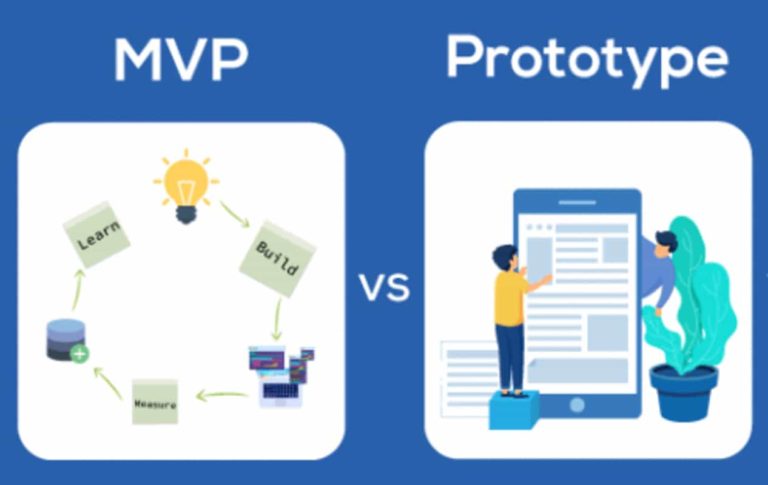6 Elevator Pitch Tips For Tech Startups
Looking for captivating Elevator Pitch tips to help you get an investor's attention? Here are expert tips.

As an entrepreneur and business owner, it is not unusual to find that you’re always trying to sell your business idea to total strangers. Some of whom might be potential investors, prospective customers, or even future partners and affiliate support systems.
Imagine you’re on a leisure cruise ship with your family and you bump into business magnate Stefan Persson, at the diner. After a pumped-up introductory speech about yourself and company, he then reaches out his right hand for a shake and casually pops the almighty statement ‘I like you John, so tell me about this business of yours.’
What do you do when somebody that important wants to hear all you’ve worked on for years and devoted your life savings to, in the space of mere seconds? Would you rather ramble about your industry or go off on a tangent about the intricacies of your business?
Certainly not!
To begin with, every fintech startup owner seeking to scale and expand their business needs to have at least a pre-prepared alt-liner that explains their business to investors without so many details. For example by saying, ‘We’re the Uber of money assets’ or ‘my company builds fast payment software using AI technology.’ You’re still selling your business idea but in a much shorter version called an elevator pitch.
What is an elevator pitch?
An elevator pitch is a concise, straight-to-the-point business presentation containing all the vital information such as what your business is about, the problem you’re solving, and how, including what makes you different from the competition.
It’s called an elevator pitch because it is assumed that in the 20-30 seconds it takes to ride an elevator with a very busy investor like Bill Gates, you should be able to convince them that your business is worth their time and eventually, investment. However, the goal is not to secure an investment deal but to hook an investor’s interest in what you do and get them to ask for a formal meeting.
What are fintech startups?
Fintech startups are technology-based businesses built for the financial industry and to improve finance. These are innovative companies that are transforming traditional finance systems and practices to become more efficient and make money easily accessible to the common man.
Steps to crafting an elevator pitch for a tech startup
Follow these steps to create a captivating elevator pitch.
1. Introduction
The first two sentences determine how much of your pitch an investor is willing to listen to, so endeavor to structure it in a way that grabs a listener’s interest. Hook an investor’s attention by starting with the most interesting thing about you and your business.
Introduce your name, title, accomplishments so far, Company name, greatest milestone covered, all in a few sentences. For example by saying, I am John Lakes, CEO and founder of XYZ, a company that produces Artificial intelligence software for people who want to monitor their stocks’ growth while they sleep at night. We currently have 50,000 subscribers and a 50% growth rate over the last four years of inception.
By saying this you have already piqued an investor’s interest, the rest is to explain your business in a few short sentences.
Note that, it is neither the time to use complicated words, nor scientific jargon, you could easily lose their attention that way.
2. Pitch
An elevator pitch is two-directional: the problem you’ve identified in the market that your startup is aimed at solving.
Secondly, your solution to the stated problem and how you plan to achieve that. Here you briefly talk about exactly who your potential customers are, the problem they’re facing, how your solution is the best alternative for them, why you have the best team to provide this solution, and what you have done so far (traction).
If you don’t have any traction yet, it’s fine. You can still pitch with predictive statistics based on current market data. Conclude with any impressive milestone your company has reached so far.
3. Call to action
Call to action is simply asking for what you need to take your business to the next level. It could be funding, business partnership, or endorsement opportunities.
Whatever the goal of your elevator pitch is, this is the right time to forge ahead without going into too many details. The next step is to offer your business Map or a well-crafted pitch deck that contains additional information about your business as well as your contact information, in the event that they want to get back to you.
6 elevator pitch tips for tech startups
Here are specific tips for a Fintech startup elevator pitch
1. Craft a flexible pitch
An elevator pitch should be flexible such that you can easily adjust it to suit any audience at any time. Tailor your speech, tone, and mannerisms to suit individual investors.
Some counsels advise entrepreneurs to practice their speech until they can say it subconsciously. Unfortunately, this does not work for all investor types. The best way is to master all the key information about your business and manipulate it to conform to individual audience preferences.
Why you should not repeat the same pitch for everyone you meet to avoid sounding like a broken record or giving a mechanical impression. Instead while speaking you can improvise with your tone, voice quality, gesticulations, facial features, and even choice of words to give your pitch a fresh feel. Investors have listened to so many pitches and they can smell a boring presentation from miles away.
2. Keep it short and simple
As much as possible, in your short pitch avoid too much use of technical terms and complicated words. Remember, the aim of an elevator pitch is to attract the interest of your audience to your company. After crafting your short presentation, go over it again and again and remove unnecessary words, you can also run it through with the rest of the team to adjust its content.
In addition, pay attention to the 30-second rule. You may have more time to present your speech but it doesn’t mean you should keep talking nonstop. Instead engage your audience, take questions, ask for their opinion or simply ask about their business and draw a connection to yours. In all, be creative and make your presentation exciting and simple to understand for anyone by using layman’s language in places where you can.
3. State your figures carefully
Avoid infusing your elevator pitch with too many details and numerical data. Nobody likes a boring conversation, not even for a few seconds.
Stating numbers is important especially when it comes to market share statements, however, too much numeric and logical information can make an elevator pitch go over one’s head.
4. Anticipate questions
Prepare to take questions if there is room after your pitch. You can ask your team to hit you with all possible lines of questioning while preparing for your pitch, after which you will all try to find the answers together.
5. Watch your body language
Your body language says a lot about your confidence in the business idea you are trying to idea. Try to relax and let the words flow naturally instead of sounding nervous and letting words tumble out of you without logical order or worse mixing things up.
6. Research your audience
Prior research helps a lot, especially when delivering a pitch investors can connect to emotionally. If you have the opportunity, make sure you at least know basic facts about your audience before crafting your short presentation.





